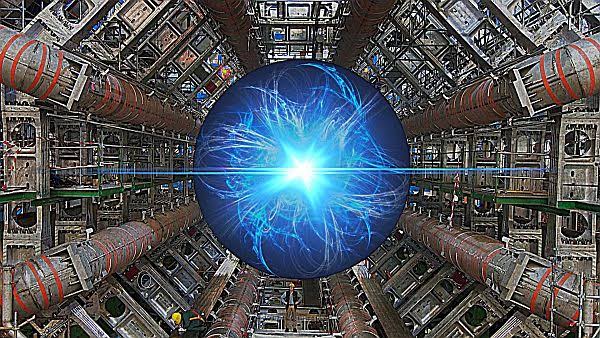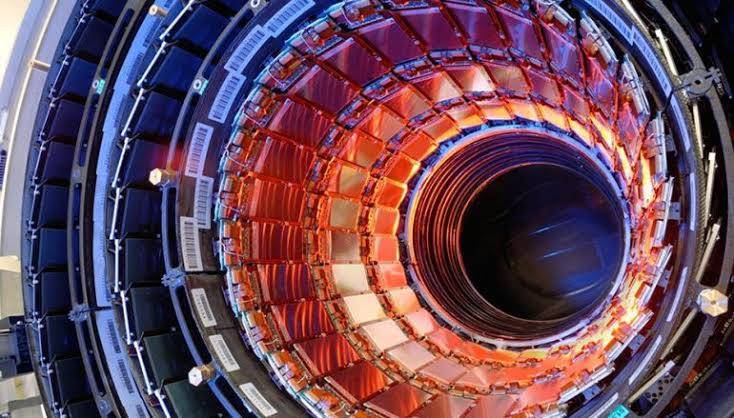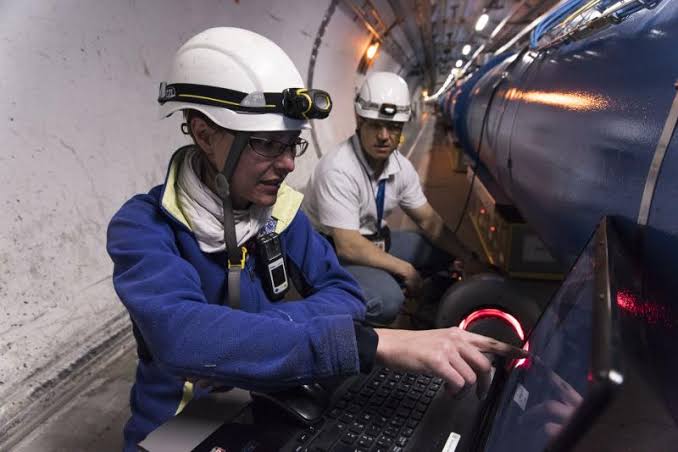This content was last updated on July 20, 2025.
This blog is presented by Twin Science, a global education technology company empowering educators with AI-powered learning solutions.
When educators seek meaningful topics to spark students’ interest in science and connect learning to the real world, they often ask: “What is the most important research institution in the history of science?”
The answer lies in a center that explores the building blocks of the universe and represents international collaboration: CERN.

What Is CERN?
CERN stands for Conseil Européen pour la Recherche Nucléaire, or the European Organization for Nuclear Research. It’s located near Geneva, on the border of Switzerland and France, and is home to the world’s largest particle physics laboratory.
CERN was founded to support large-scale scientific research that individual member states might not be able to carry out alone. It has been the site of many groundbreaking discoveries, some of which have received Nobel Prizes.

When and Why Was CERN Founded?
After World War II, 12 European countries came together in 1954 to establish CERN, aiming to help Europe catch up to the United States in the field of physics. These founding countries were: Belgium, Germany, France, Denmark, the Netherlands, the United Kingdom, Sweden, Switzerland, Italy, Norway, Yugoslavia, and Greece.
Since its inception, CERN has stood as a powerful example of global scientific cooperation. As of 2014, the organization has grown to include 21 member states.
Turkey’s Participation in CERN
The European Commission, UNESCO, and JINR are also represented at CERN as observers. Turkey held observer status at CERN from 1961 to 2015.
On May 12, 2014, Turkey signed the Agreement on Associate Membership with CERN in Geneva. This was later ratified by Turkish law (Law No. 6587) on January 22, 2015. Following the official submission of the membership declaration via the Ministry of Foreign Affairs on May 6, 2015, Turkey officially became an associate member of CERN.
What Does CERN Do?
CERN’s core mission is rooted in physics, specifically, in understanding what powers the universe, where it comes from, and where it’s going.
Researchers at CERN use some of the most complex and advanced machines in the world to study the smallest known building blocks of matter: fundamental particles. By accelerating and colliding these particles, scientists gain insight into the laws of nature.
CERN offers researchers access to world-class scientific infrastructure. If you want your students to be curious about the facts of our world through hands-on exploration, explore the classroom learning solutions from Twin Education.

What Scientific Discoveries Have Been Made at CERN?
Among the significant particles discovered at CERN are:
-
W and Z bosons
-
Atomic symmetry patterns
-
A boson resembling the Higgs boson
CERN has also provided experimental validation for many theoretical physics concepts. More than a physics lab, CERN is a symbol of scientific cooperation, shared goals, and progress on a global scale.
Did You Know These Facts About CERN?
1- The Large Hadron Collider is colder than outer space and is currently the largest machine on Earth.
2- Renowned physicist Stephen Hawking once remarked: “The God particle discovered by CERN could destroy the universe.”
3- Devices developed for particle physics at CERN now serve fields like cancer diagnostics, including widely used PET scans.
4- Over 12,500 scientists from more than 110 countries conduct research at CERN.
Final Thought: How Can CERN Add Value in Your Classroom?
CERN is not just a milestone in science history—it’s a rich, real-world case study for teaching STEM, AI literacy, interdisciplinary learning, and global collaboration.




